He painted women who are impossible to forget: the secrets of John William Waterhouse
Categories: Culture | Europe | Exhibition | World
By Pictolic https://pictolic.com/article/he-painted-women-who-are-impossible-to-forget-the-secrets-of-john-william-waterhouse.htmlJohn William Waterhouse is a name that sounds like music to art lovers. This English artist, one of the most prominent representatives of Pre-Raphaelitism, left behind not just paintings, but entire stories about women – strong, mysterious and often tragic. His works are worth millions today, and the images created more than a hundred years ago still fascinate viewers. Let's figure out why Waterhouse became a legend and what makes his work so special.
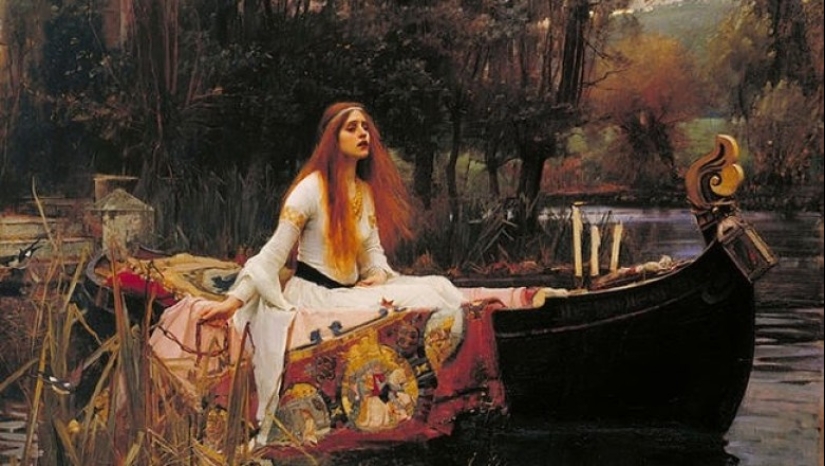
John William Waterhouse was born in 1849 in Rome, into a family of artists. Imagine: a little boy growing up among canvases, paints and the lush Italian nature. His parents, creative people themselves, taught their son to draw from an early age. Later, the family moved to London, where young John entered the Royal Academy of Arts. Even then, it was clear: art was his destiny.
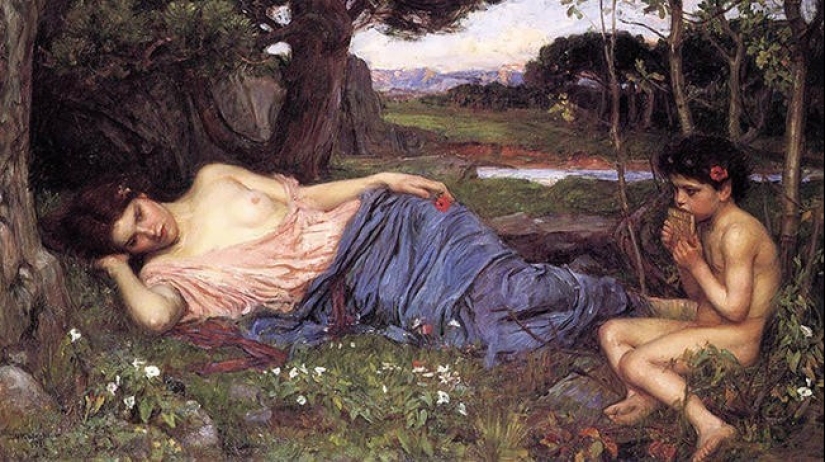
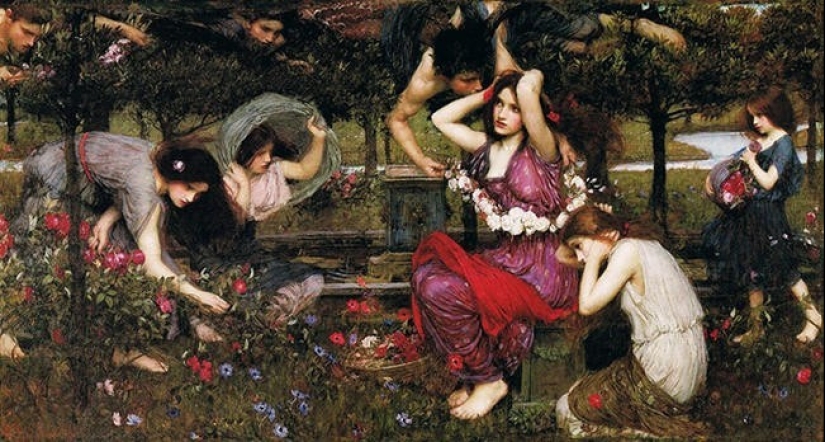
The first recognition came in 1874, when 25-year-old Waterhouse presented the painting "Sleep and His Half-Brother Death". The canvas was so popular with the public that it was exhibited almost every year until the artist's death. This work became his calling card, and at the same time showed that he could find beauty even in dark themes.
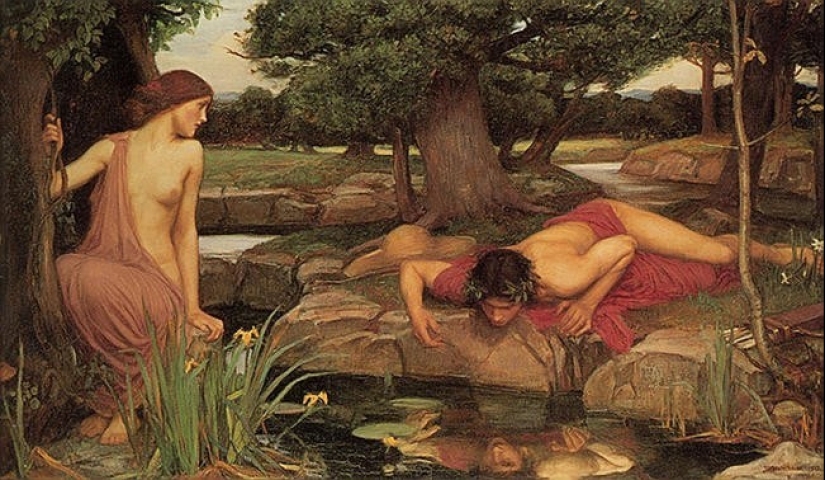
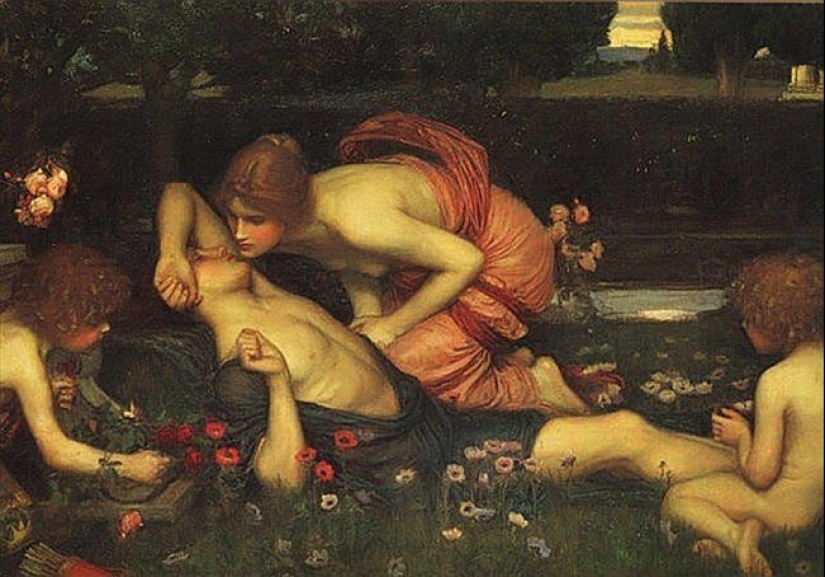
Waterhouse is one of those who are called "the last Pre-Raphaelite". This movement in 19th-century art was famous for its attention to detail, bright colors and plots from myths, legends and literature. But John added something of his own to this formula: he emphasized female images. His heroines are not just beautiful faces, but individuals with character and a difficult fate.
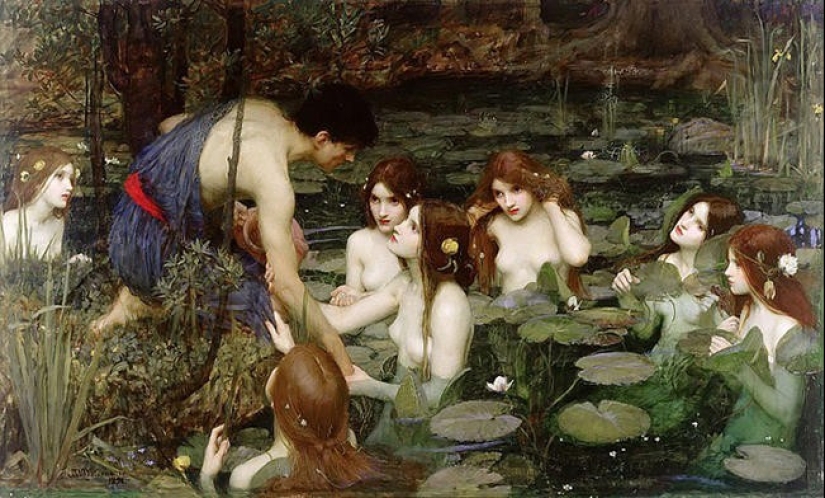
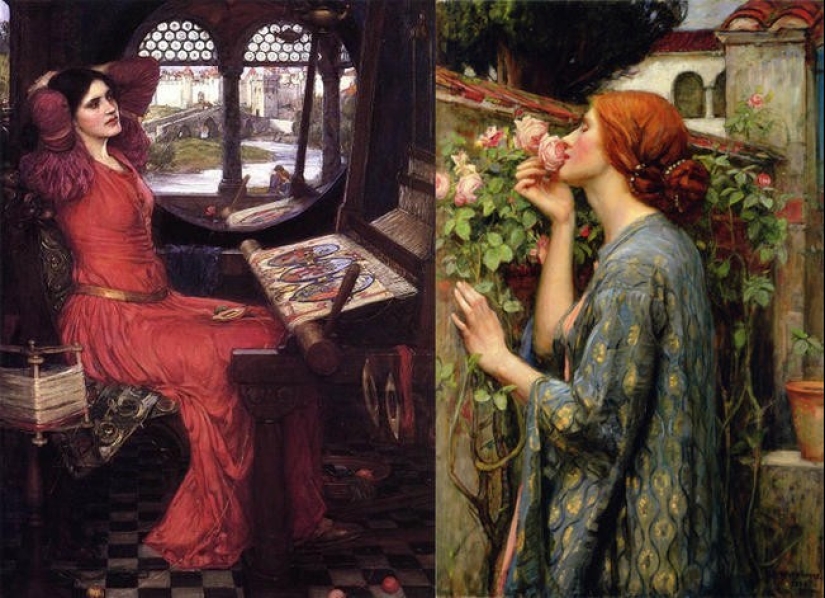
In his paintings, the Lady of Shalott, Ophelia, Circe, and Psyche come to life. These are women who love, fight, suffer, and sometimes die. For example, The Lady of Shalott, inspired by Tennyson’s poem, is the story of a girl doomed to loneliness by a curse. Waterhouse painted her three times, and each time she looks alive, full of emotion. His Circe is a wily sorceress, and Ophelia is a gentle but doomed soul. These images are captivating because they have depth.
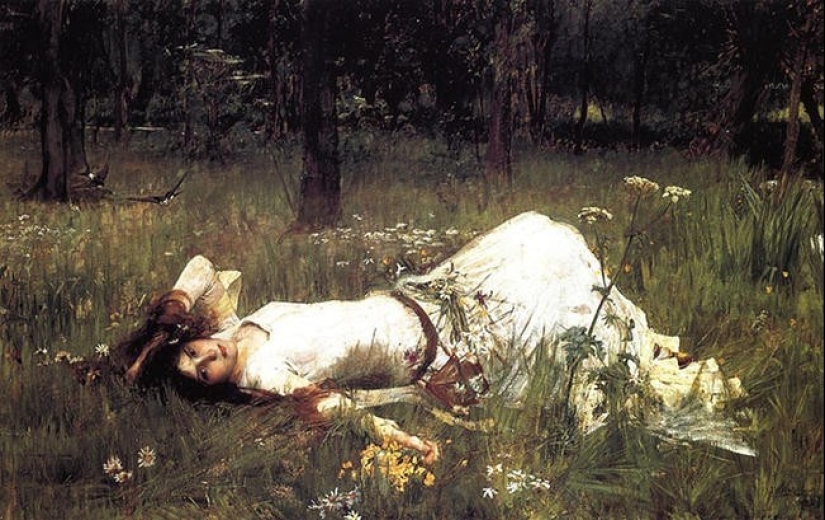
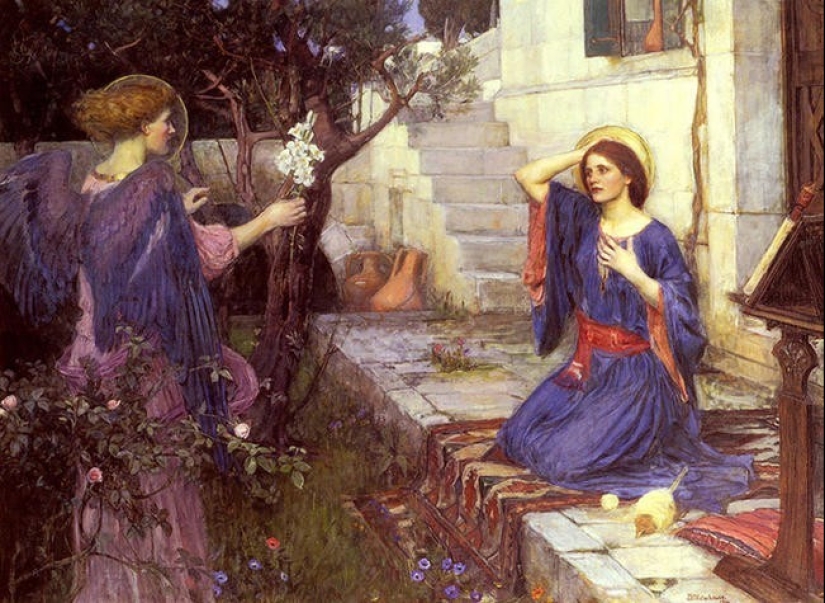
Italy, where Waterhouse spent his childhood, remained with him forever. In many of his paintings, one can see warm landscapes, antique dresses and the atmosphere of ancient legends. He often returned there for inspiration, absorbing the beauty of nature and culture. This influence is felt in works such as “Flora and the Zephyrs” or “Psyche Entering Cupid’s Garden”.
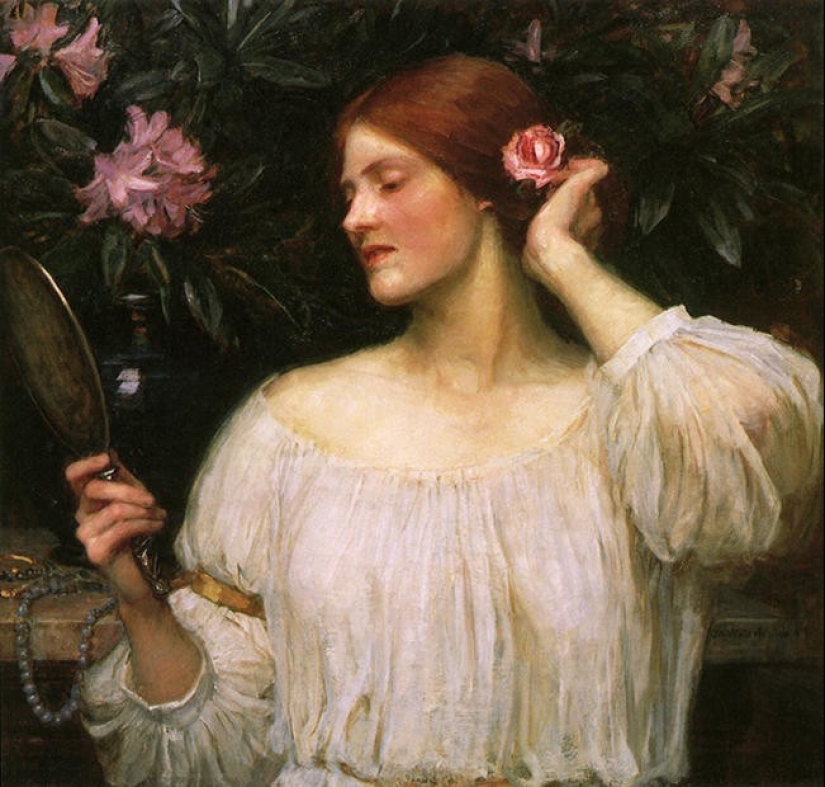
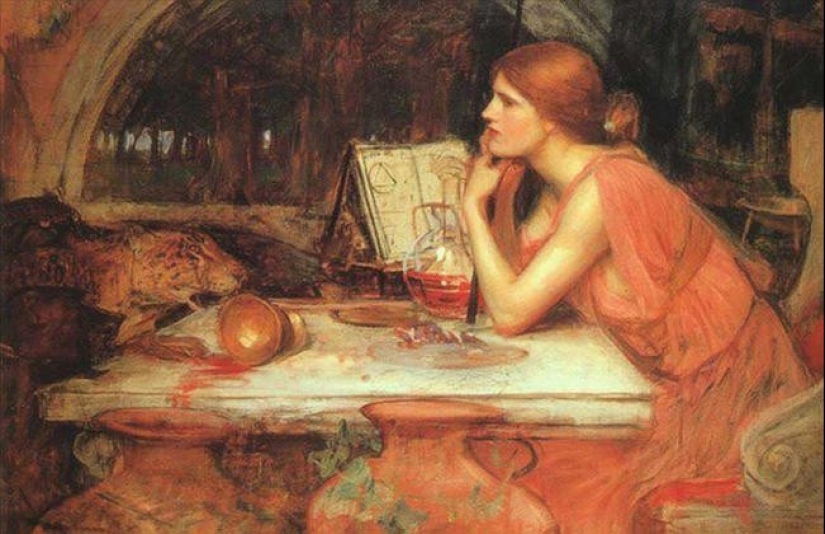
Waterhouse's early paintings were reminiscent of Lawrence Alma-Tadema's work - scenes from ancient Rome, graceful women in light clothes. But over time, he found his own way, combining academicism with the romanticism of the Pre-Raphaelites. His style is a subtle work with color, attention to detail and the ability to convey emotion through the look or gesture of the heroine.
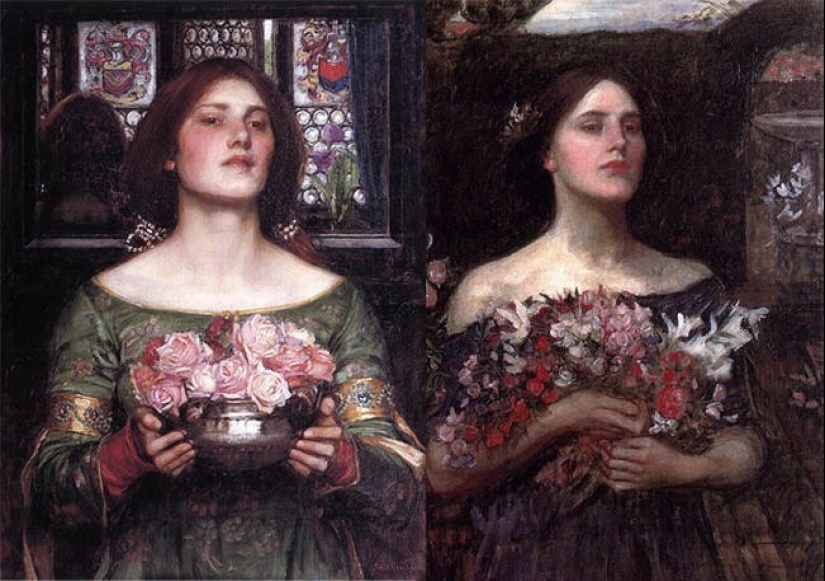
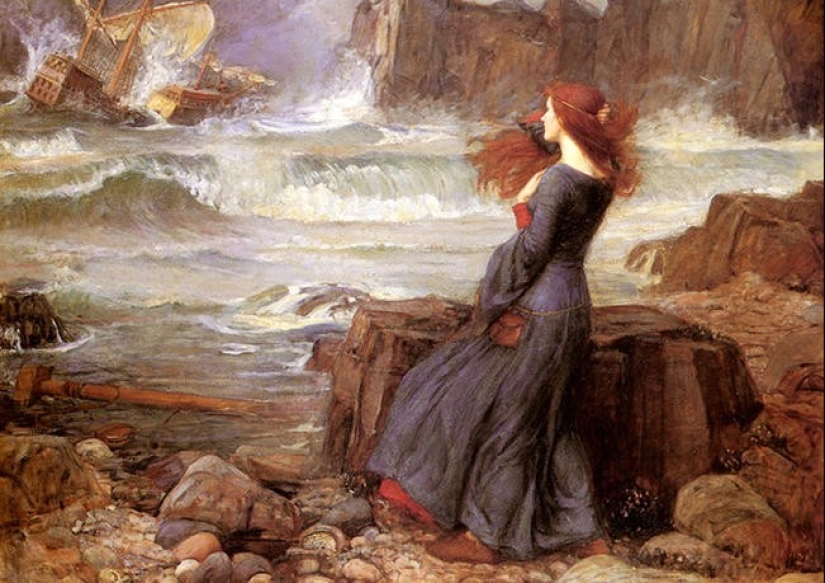
In 1883, Waterhouse married the artist Esther Kenworthy. Their union was strong and happy, despite the grief - two of their children died at an early age. Esther inspired her husband, and it is believed that she posed for the famous "Lady of Shalott". The artist's personal life remained quiet, without scandals, which is rare for creative people of that time.
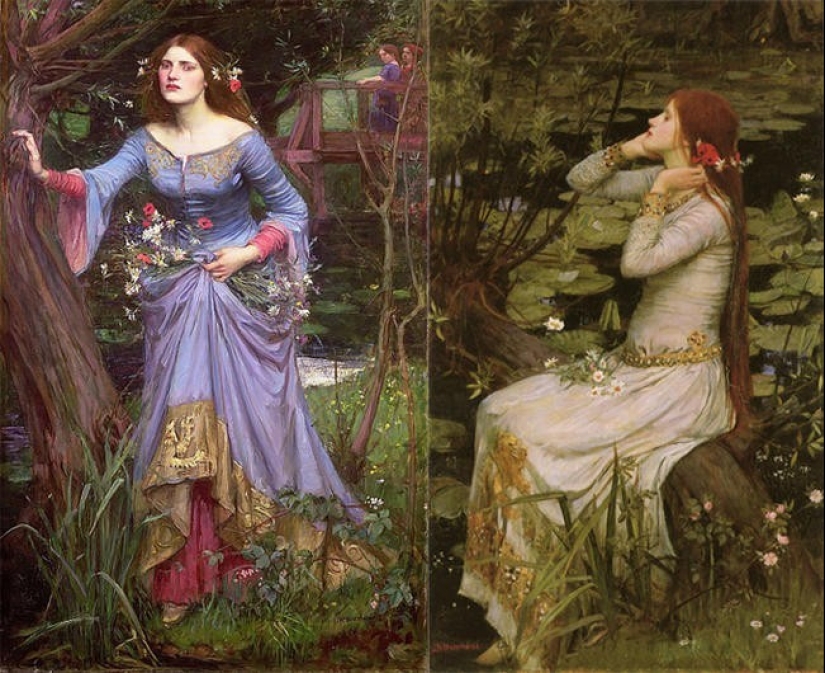
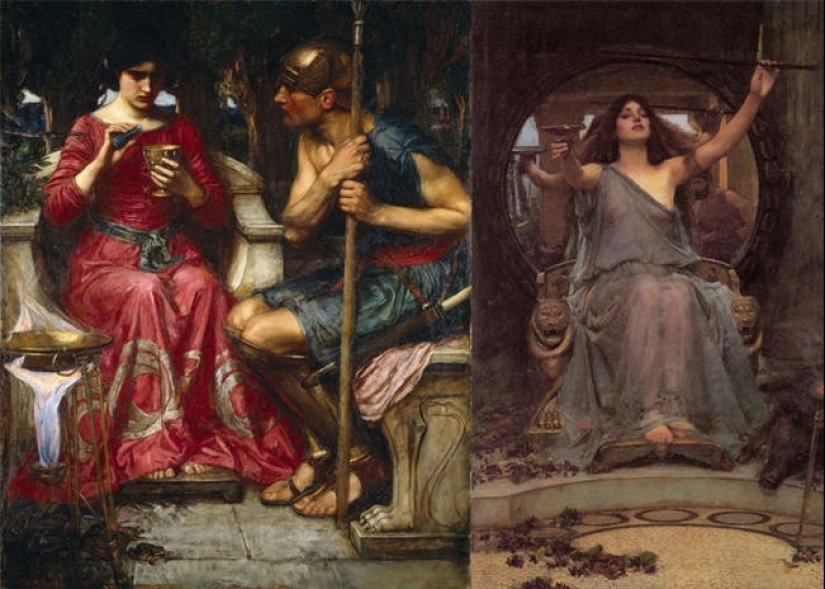
Little is known about Waterhouse's models. Only recently have researchers discovered that one of his muses was Muriel Foster, whose features can be discerned in his later works. John treated his models with respect, and this is evident in the care with which he depicted them on canvas.
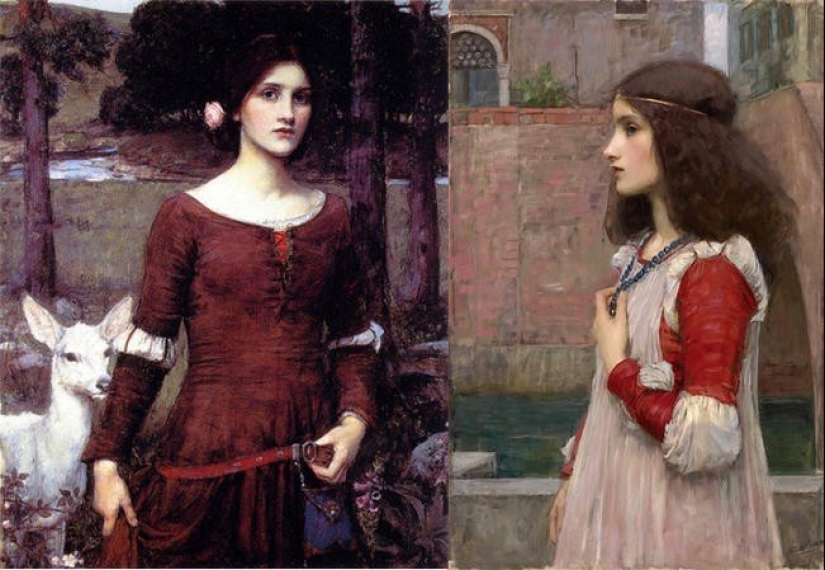
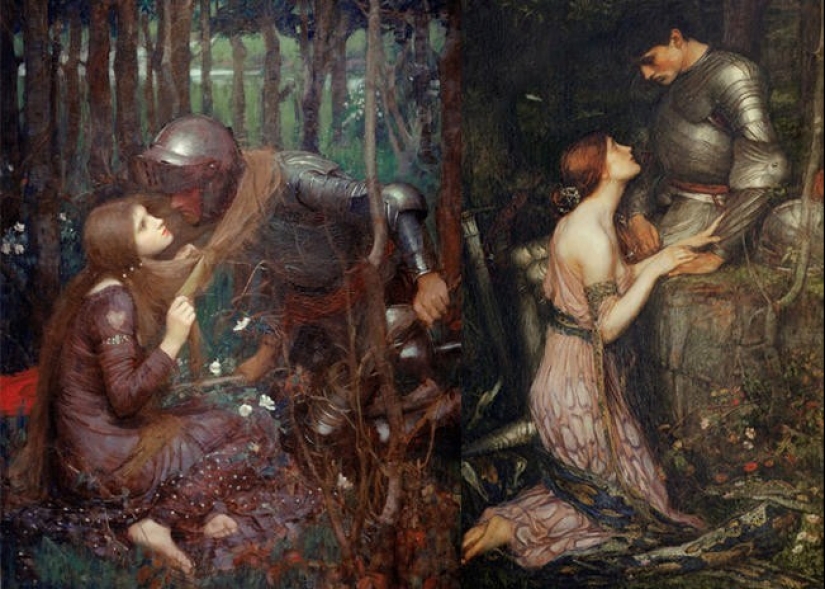
Today, Waterhouse is one of the most expensive English artists. His paintings are sold at auctions for millions of dollars. The reason is simple: his works are not only art, but also history. They take us to a world of myths and legends, where every detail is thought out, and the emotions of the heroines are alive and real.
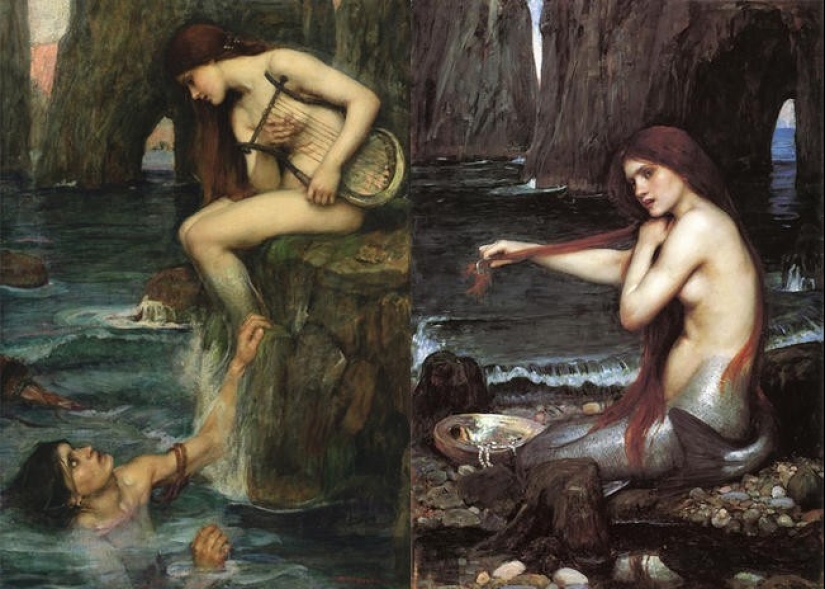
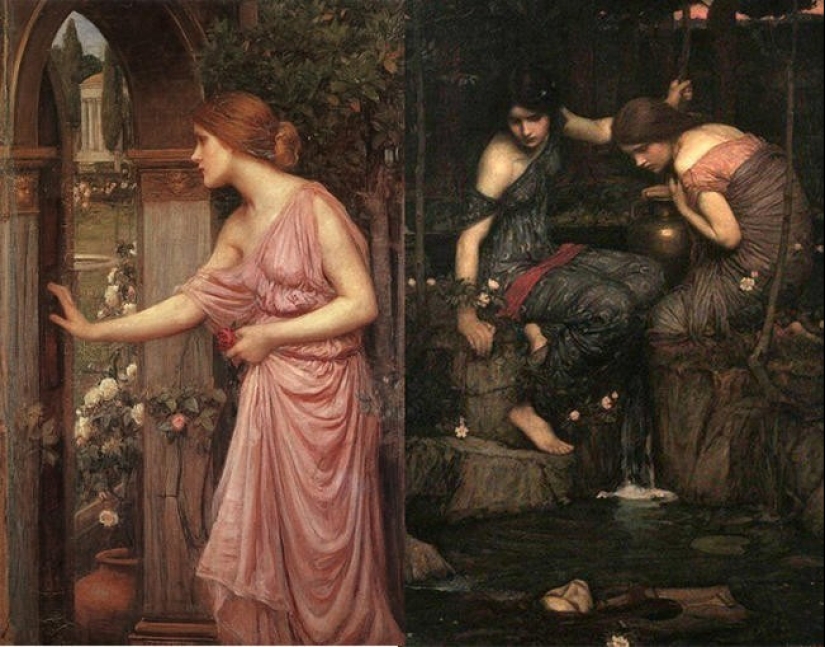
In an era when women were fighting for their rights, Waterhouse's images became a symbol of strength and independence. His paintings were bought by museums and private collectors all over the world, from London to New York. And in 1992, his portrait even appeared on a British postage stamp. Isn't that recognition?
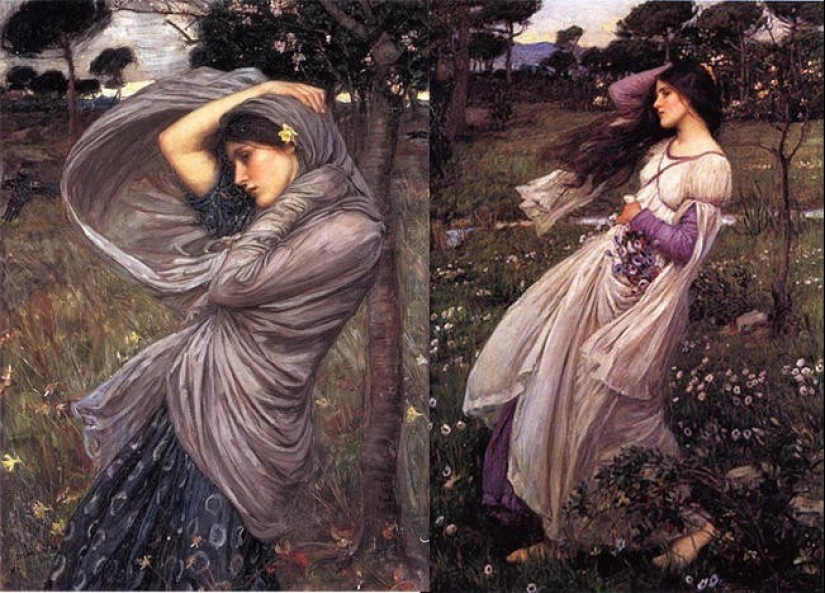
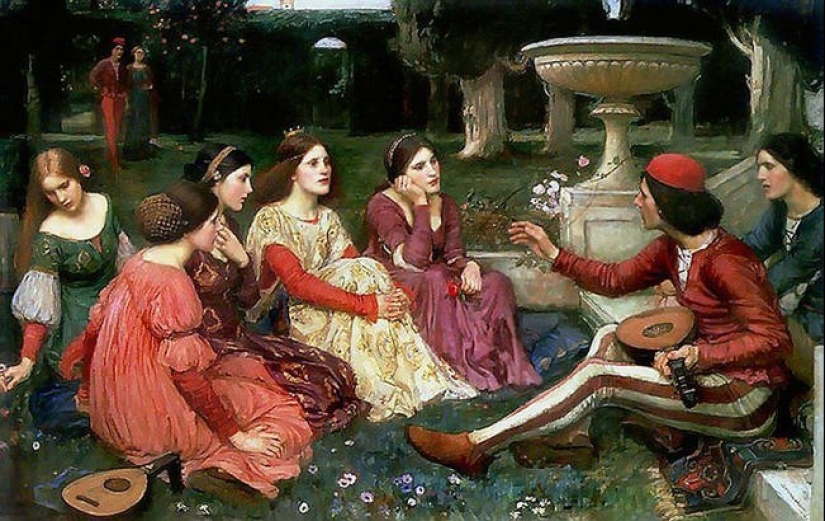
Waterhouse died of cancer in 1917, but he never let go of his brush until his last day. His work survived the ups and downs of popularity, and at the end of the 20th century it became fashionable again. Today he is called "the artist of strong women", and this is true. He showed that beauty is not only in tenderness, but also in fortitude in the face of a difficult fate.
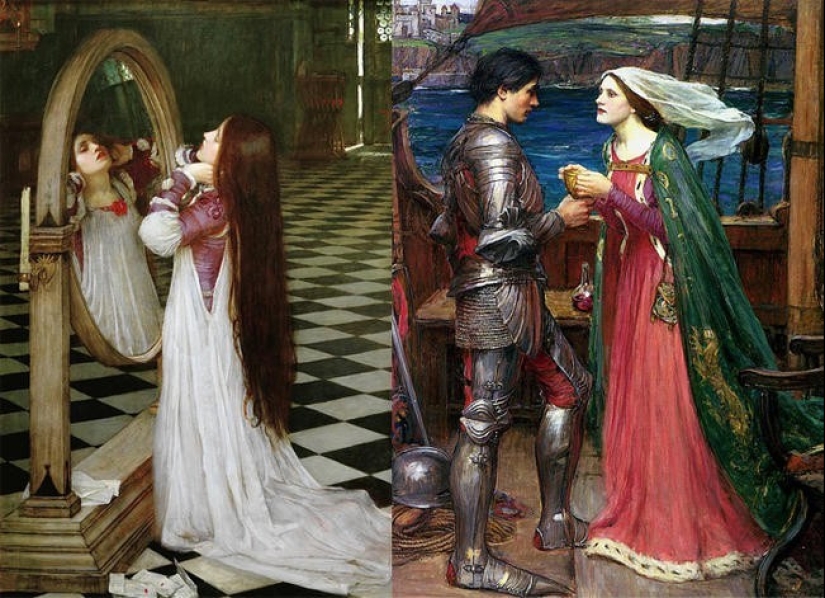
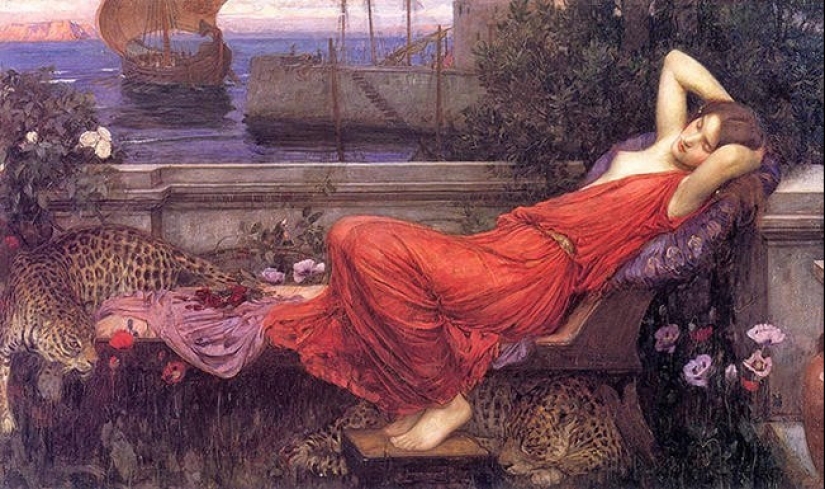
His paintings are a bridge between the past and the present. They remind us that art can be both beautiful and profound. And if you ever find yourself in front of The Lady of Shalott or Circe, stop for a minute – there are entire lives hidden behind these images.
Which of Waterhouse's heroines do you relate to the most? Write in the comments — let's discuss!
Recent articles

The best Soviet artists went far beyond the propaganda art and created real masterpieces. -- >Alexander Labas (1900-1983) An artist ...

Some animals have excellent camouflage skills. Hiding from predators or hunting prey, they are able to blend in with their ...

There is nothing shameful in the fact that in old age all able to pull on the buns, beer and fried chicken legs, especially if you ...